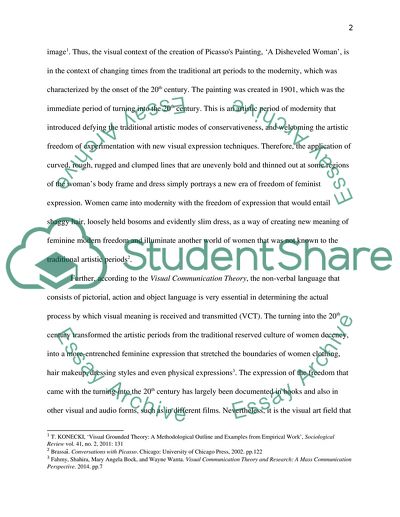Cite this document
(“Picasso's Painting A Disheveled Woman Essay Example | Topics and Well Written Essays - 1500 words”, n.d.)
Picasso's Painting A Disheveled Woman Essay Example | Topics and Well Written Essays - 1500 words. Retrieved from https://studentshare.org/visual-arts-film-studies/1701658-picassos-painting-a-disheveled-woman
Picasso's Painting A Disheveled Woman Essay Example | Topics and Well Written Essays - 1500 words. Retrieved from https://studentshare.org/visual-arts-film-studies/1701658-picassos-painting-a-disheveled-woman
(Picasso'S Painting A Disheveled Woman Essay Example | Topics and Well Written Essays - 1500 Words)
Picasso'S Painting A Disheveled Woman Essay Example | Topics and Well Written Essays - 1500 Words. https://studentshare.org/visual-arts-film-studies/1701658-picassos-painting-a-disheveled-woman.
Picasso'S Painting A Disheveled Woman Essay Example | Topics and Well Written Essays - 1500 Words. https://studentshare.org/visual-arts-film-studies/1701658-picassos-painting-a-disheveled-woman.
“Picasso'S Painting A Disheveled Woman Essay Example | Topics and Well Written Essays - 1500 Words”, n.d. https://studentshare.org/visual-arts-film-studies/1701658-picassos-painting-a-disheveled-woman.


